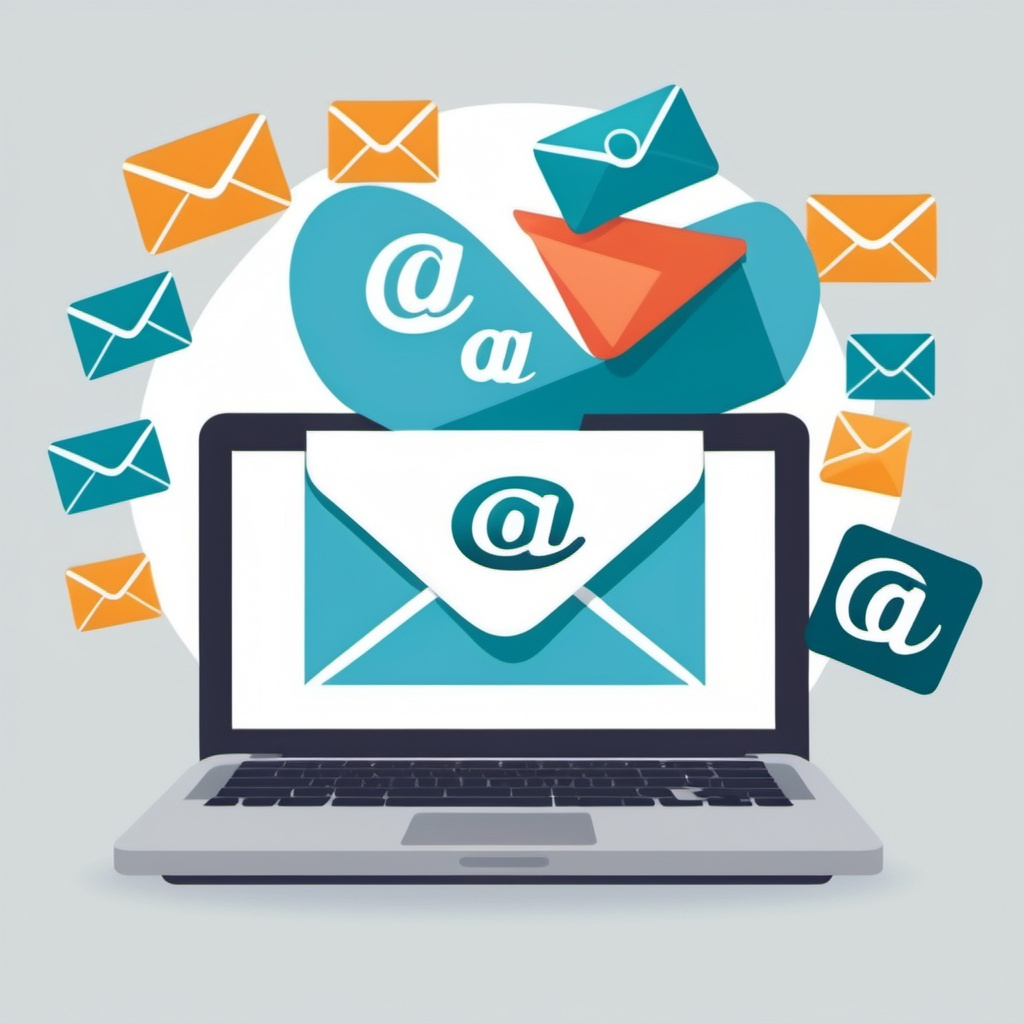
Email marketing remains one of the most effective digital marketing strategies for businesses of all sizes. It involves sending targeted emails to a list of subscribers with the goal of engaging them, promoting products or services, and building long-term relationships. This article explores the fundamentals of email marketing, its benefits, strategies for success, best practices, and tools to get started.
What is Email Marketing?
Email marketing is a form of direct marketing that uses electronic mail to communicate commercial or fundraising messages to an audience. It is an essential part of a digital marketing strategy, focusing on building a relationship with potential and existing customers through personalized communication.
Web Design for Beginners: Easy Website Development
Build a Professional Website or Blog for Just $100!
Benefits of Email Marketing
1. Cost-Effectiveness
Email marketing is significantly cheaper than traditional marketing methods. It requires minimal resources, making it accessible for businesses of all sizes.
2. High ROI
Studies have shown that email marketing can yield an impressive return on investment (ROI). For every dollar spent, businesses can expect an average return of $42.
3. Targeted Communication
Email allows for segmentation, enabling marketers to tailor messages based on user behavior, preferences, and demographics. This ensures that the right messages reach the right people at the right time.
4. Measurable Results
With email marketing, you can easily track metrics such as open rates, click-through rates (CTR), conversion rates, and unsubscribe rates. This data helps you refine your strategies for better results.
5. Direct Access to Customers
Emails land directly in the inbox of your audience, giving you direct access to potential customers. Unlike social media, where algorithms can limit visibility, emails are delivered directly to subscribers.
Strategies for Effective Email Marketing
1. Build a Quality Email List
A successful email marketing campaign starts with a well-curated email list. Use methods like sign-up forms on your website, social media promotions, and content marketing to attract subscribers.
2. Segment Your Audience
Segmentation allows you to divide your email list into smaller groups based on specific criteria. This enables personalized messaging, improving engagement and conversion rates. Common segmentation methods include:
- Demographics (age, gender, location)
- Behavior (purchase history, website interactions)
- Engagement level (active vs. inactive subscribers)
3. Craft Compelling Subject Lines
The subject line is the first impression of your email. A compelling subject line encourages recipients to open the email. Aim for clarity, curiosity, and relevance. Avoid spammy language and keep it concise.
4. Personalize Your Emails
Personalization goes beyond using the recipient’s name. Tailor your content based on their preferences, past purchases, or interactions with your brand. Personalized emails have higher open and click-through rates.
5. Create Valuable Content
Your emails should provide value to the reader. This could be in the form of promotions, informative content, exclusive offers, or helpful tips. Ensure your content aligns with the interests and needs of your audience.
6. Include Clear Call-to-Actions (CTAs)
Every email should have a clear and compelling CTA guiding the reader on what to do next. Whether it’s making a purchase, signing up for a webinar, or reading a blog post, the CTA should be prominent and actionable.
7. Optimize for Mobile Devices
With a significant portion of emails being opened on mobile devices, ensure your emails are mobile-friendly. Use responsive design, concise content, and large buttons for easy navigation.
8. Test and Optimize
A/B testing can help you determine which elements of your emails resonate most with your audience. Test different subject lines, layouts, content, and CTAs. Use the data gathered to optimize future campaigns.
Web Design for Beginners: Easy Website Development
Build a Professional Website or Blog for Just $100!
Best Practices for Email Marketing
- Maintain Consistency: Establish a regular schedule for sending emails. Consistency builds trust and keeps your brand top of mind.
- Ensure Compliance: Follow regulations like the CAN-SPAM Act or GDPR to protect your audience’s privacy. Provide an easy opt-out option and respect unsubscribe requests.
- Monitor Analytics: Regularly review your email campaign metrics. Use insights to improve future campaigns and adapt to audience preferences.
- Encourage Engagement: Invite your subscribers to interact with your emails. Ask for feedback, conduct surveys, or include polls to gather insights.
- Keep Your List Clean: Regularly clean your email list to remove inactive subscribers. This helps maintain a healthy engagement rate and improves deliverability.
Tools for Email Marketing
There are numerous tools available to facilitate email marketing campaigns. Here are a few popular options:
- Mailchimp: Known for its user-friendly interface, Mailchimp offers automation, analytics, and customization options.
- Constant Contact: Ideal for small businesses, it provides templates, tracking, and list management features.
- SendinBlue: This platform combines email marketing with SMS marketing, offering robust automation and analytics.
- Campaign Monitor: Known for its design capabilities, it allows you to create visually appealing emails and offers advanced analytics.
- HubSpot: A comprehensive marketing tool that includes email marketing along with CRM capabilities and marketing automation.
Email marketing is a powerful tool for businesses looking to connect with their audience, nurture leads, and drive sales. By implementing effective strategies, following best practices, and utilizing the right tools, businesses can leverage email marketing to build lasting relationships with their customers. As the digital landscape continues to evolve, email marketing remains a reliable and effective channel for reaching and engaging your audience.
Whether you’re just starting or looking to enhance your existing email marketing strategy, focusing on building meaningful connections with your subscribers will ultimately lead to greater success.